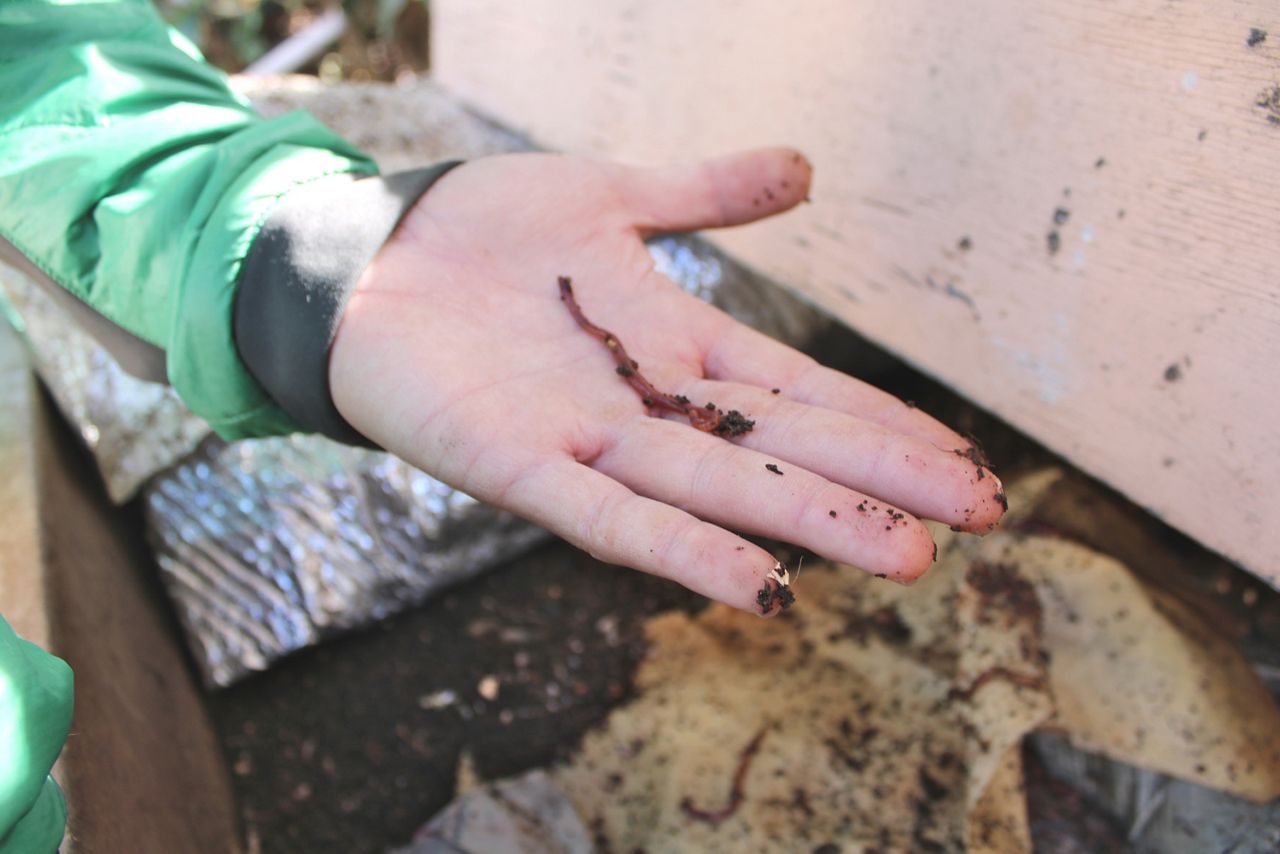Something burrowing underground could help you cut down on your food waste. It’s called vermicomposting or more commonly know as worm composting.
According to the U.S. Environmental Protection Agency, one-third of all food goes uneaten in the United States. Nearly 20.3 tons of wasted food end up going into the landfill. That’s where vermicomposting comes in.
Vermicomposting works by using worms to decompose food scraps and turn it into fertilizer.
We talked to worm composting expert Kelsea Jacobsen. She’s an environmental educator at the Solana Center in Encinitas, California. She says vermicomposting is an accessible to everyone.
“It’s a really great way for people who only have food waste to compost the stuff that they have. Traditional or backyard composting requires not only food waste but yard trimmings and wood materials and needs to be done in a larger space.”

Jacobsen says vermicomposting is a great way to reduce our landfills and fertilize our home lawns and garden plants instead.
The compost from vermicomposting could also help grow our food and fight effects of climate change.
“Being able to create healthy soil that will not only grow healthy food but be able to withstand the effects of climate change that we are undoubtedly going to feel over time is a huge concern.”
Jacobsen says composting is a simple tool to reduce greenhouse emissions.
“Composting is a great way to not only be able to prevent greenhouse gases from being made in the first place by sending our food waste to landfill but to turn it into soil that allows our soil to store carbon instead of in the ground and in our atmosphere.”
The environmental educator says this soil from the composting will help plants hold on to water much longer and withstand extreme weather. It’s helpful no matter what scale you grow your food on.
You can learn about building your own composting by going to the Solana Center’s website. Jacobsen suggests choosing “red wiggler” worms to begin your worm composting journey. For them to thrive, you are going to need bedding, food, water and air.

You can do vermicomposting anywhere. Even local municipalities have programs and vouchers to help get people started. Just reach out to environmental services in your local area.
Our team of meteorologists dives deep into the science of weather and breaks down timely weather data and information. To view more weather and climate stories, check out our weather blogs section.



